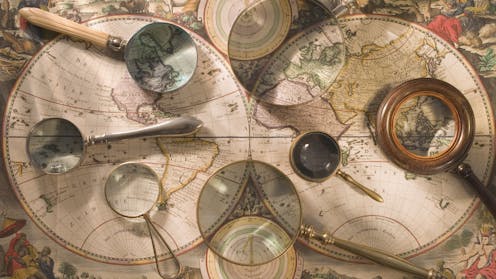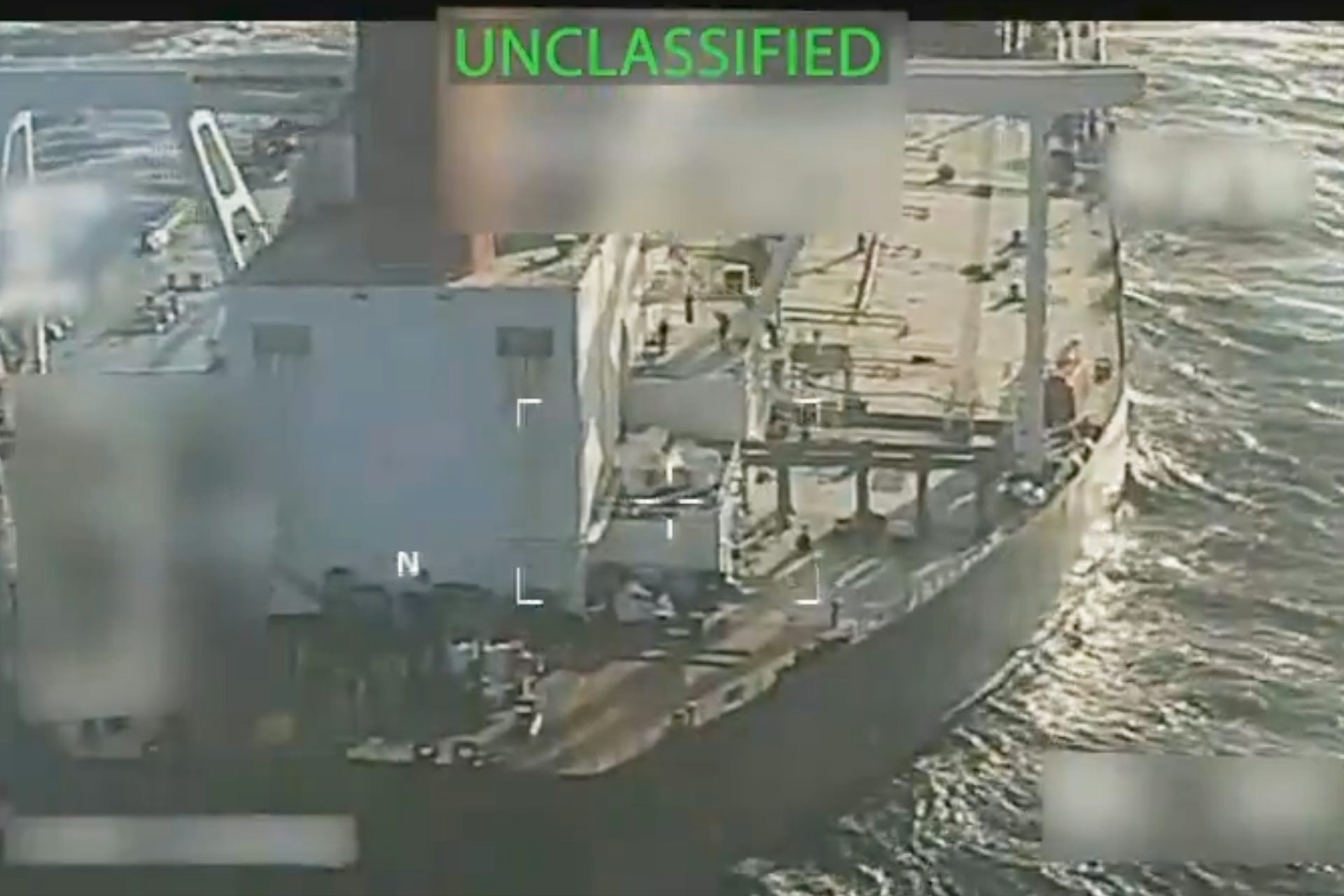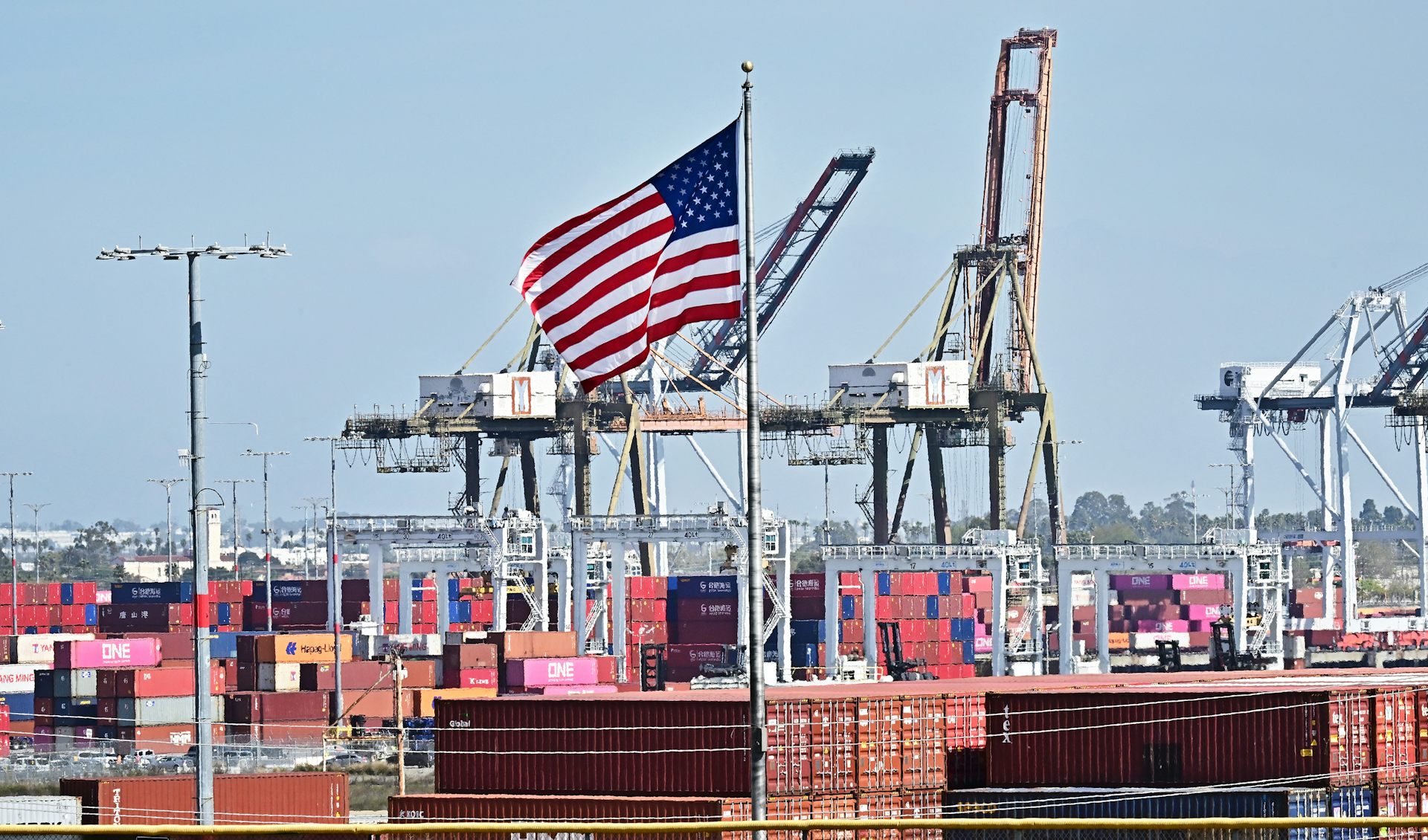What or where is the Indo-Pacific? How a foreign policy pivot redefined the global map
The term can be traced back to the 1920s, but it only began to gain currency in the late 20th and early 21st centuries.

Open a book of maps and look for the “Indo-Pacific” region – it likely won’t be there.
Yet the Indo-Pacific is now central to how many countries think about strategy and security. It describes a region spanning two oceans and dozens of countries, encompassing much of the world’s trade routes.
The Indo-Pacific did not emerge from the patterns of ancient trade, nor from long-standing cultural or civilizational ties.
Instead, the concept comes from the realms of political science and international relations. The term can be traced back to the work of German political scientist and geographer Karl Haushofer – a favorite of Adolf Hitler – in the 1920s. But it only really began to take hold in the think tanks and foreign policy-setting departments of Washington and other Western capitals in the late 20th and early 21st centuries.
It coincided with a shift in the global balance of power from unipolarity – that is, dominated by one superpower – to multipolarity over the past decade or so.
‘Confluence of the two seas’
For much of the Cold War, the United States treated the Pacific and Indian oceans as separate theaters of operation. Its military forces in the area, known as U.S. Pacific Command, focused on East Asia and the western Pacific, while the Indian Ocean figured mainly in energy security discussions, tied to the Middle East and the flow of oil through the Strait of Hormuz, which connects the Persian Gulf to the Arabian Sea.
Strategic maps during that era divided the world into distinct zones of interest. But China’s economic rise, India’s growing influence and the increasing strategic significance of sea lanes across both oceans since the end of the Cold War blurred those old dividing lines.
The Indian Ocean could no longer be treated as a secondary concern. Nor could the Pacific be thought of in isolation from what was happening further west.
Japan helped give political voice to this emerging reality. In 2007, Prime Minister Shinzo Abe stood before India’s parliament and spoke of the “confluence of the two seas” − an image that deliberately linked the Indian and Pacific oceans as a single geopolitical space.
Abe’s message was clear: The fate of the Pacific and Indian oceans would be increasingly intertwined, and democratic states would need to work together to preserve stability. His vision resonated in Washington, Canberra and New Delhi, and it helped set the stage for the revival of the Quadrilateral Security Dialogue, or Quad.
In 2018, the United States made the shift official, renaming U.S. Pacific Command as U.S. Indo-Pacific Command.
What might have seemed like a bureaucratic rebranding was in fact a serious strategic move. It reflected the growing recognition that the rise of China − and Beijing’s growing influence from East Africa to the South Pacific − required an integrated regional approach.
Framing the challenge in Indo-Pacific terms allowed Washington to strengthen its ties with India, deepen cooperation with Australia and Japan, and reposition itself as a maritime balancer across a vast strategic arc.
The phrase “free and open Indo-Pacific” quickly became the centerpiece of American regional diplomacy. It emphasized freedom of navigation, respect for international law, and democratic solidarity.
But while the rhetoric stressed inclusivity and shared values, the driving force behind the concept was clear: managing China’s expanding power. The Indo-Pacific framework allowed Washington to draw together a range of initiatives under a single banner, all aimed at reinforcing a rules-based order at a time when Beijing was testing its limits.
Rejecting zero-sum thinking
Not every country has enthusiastically embraced this vision. Many Southeast Asian states, wary of being drawn into a competition between the United States and China, have approached the Indo-Pacific concept with caution. The Association of Southeast Asian Nations’ document titled Outlook on the Indo-Pacific, released in 2019, deliberately avoided framing the region in confrontational terms. Instead, it stressed dialogue and the centrality of Southeast Asia − a subtle rebuke to visions that seemed to pit democracy against authoritarianism in stark, zero-sum terms.
The breadth of the Indo-Pacific concept also raises difficult questions. It covers an enormous range of political, economic and security realities. The priorities of small island states in the Pacific differ sharply from those of major continental powers such as India or Australia. Treating the Indo-Pacific as a single strategic space risks flattening these differences and could alienate smaller nations whose concerns do not always align with those of the major players.
The Indo-Pacific today
Recent shifts in Washington’s foreign policy also complicate matters. The Trump administration’s skepticism toward alliances created doubts among regional partners about the reliability of U.S. commitments. Even as the Indo-Pacific idea gained traction, questions remained about whether it represented a long-term strategy or a short-term tactical adjustment.
The Biden administration maintained the Indo-Pacific framework, launching the Indo-Pacific Economic Framework for Prosperity to provide an economic counterpart to the security-heavy focus of earlier years. But the central strategic challenge remains the same: how to manage China’s rise without forcing the region into a rigid geopolitical divide.
For now, the Indo-Pacific framing has reshaped how policymakers, military planners and diplomats think about Asia’s future. It provides a vocabulary for coordinating alliances, building new partnerships and addressing the challenges posed by China’s expanding influence.
Yet its long-term success will depend on whether the framework can genuinely accommodate the region’s diversity − and whether it can be seen as something more than just a mechanism for great power competition and a thinly veiled strategy to contain China.
This article is part of a series explaining foreign policy terms commonly used but rarely explained.
Andrew Latham does not work for, consult, own shares in or receive funding from any company or organization that would benefit from this article, and has disclosed no relevant affiliations beyond their academic appointment.
Read These Next
West Bank violence is soaring, fueled by a capitulation of Israeli institutions to settlers’ interes
Reluctance to address settler violence is the outcome of deep social, political and cultural changes,…
Black-market oil buyers will push Venezuela for bigger discounts following US seizure – starving Mad
Venezuela relies on the black-market oil trade for a large chunk of its revenue. US enforcement actions…
The Ivies can weather the Trump administration’s research cuts – it’s the nation’s public universiti
While headlines focus on Harvard and Columbia, state universities train far more STEM students, power…






